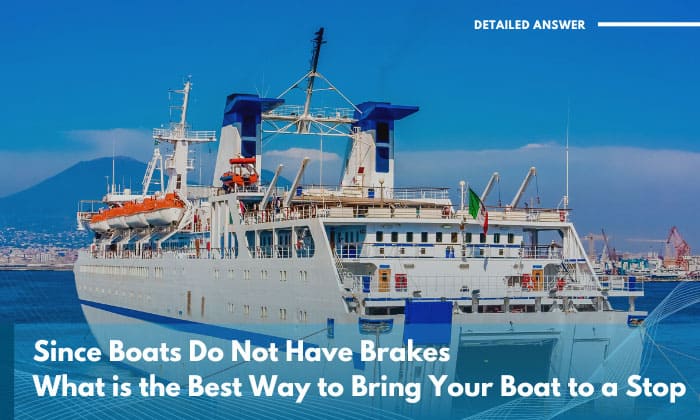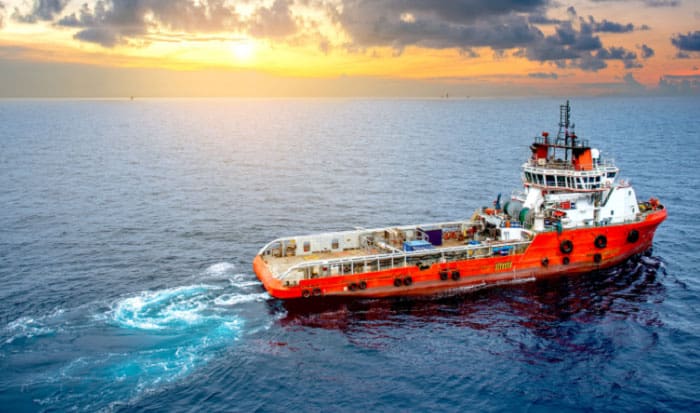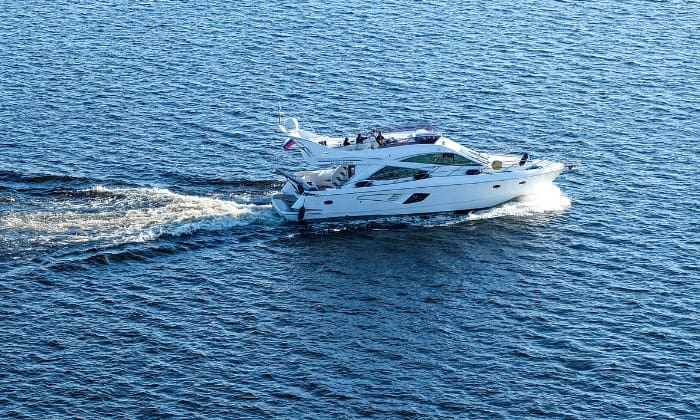Stopping with precision is an essential part of operating any vehicle. Any mistake could result in a dangerous situation, especially on the water. But since boats do not have brakes, what is the best way to bring your boat to a stop?
The proper way is to know your boat’s stopping distance; let it lose momentum by cutting off your propulsion and running the course. Keep reading to learn more.
How to Stop the Vessels When No Boats Have Brakes
Bringing a vessel to a halt is made complicated by the lack of brakes on a watercraft. Furthermore, abruptly stopping any moving vehicle can cause passengers to lose their balance from inertia force.
Gradually reducing the boat’s momentum until it comes to a standstill is the proper and safest way to stop. The method differs slightly, depending on the vessel and what type of propulsion it uses but the process is the same.
One of the most important things you need to know is the boat’s stopping distance; this is how far the boat needs to travel until it runs out of momentum. What makes this difficult is that each boat has a different number and this figure changes depending on how fast you’re going in the first place.
Boats need time to be brought to a halt and properly adjusting their speed will make stopping much easier. The dock is a good example of where you will need to stop. Slow your vessel as you approach and enter the docking area to make things easier.
The other point is to kill your propulsion when you want to stop. This means taking the wind out of your sails or bringing the throttle down on the marine engine. With propulsion cut off, the boat will gradually lose steam as you allow it to run its stopping distance.
How to Stop Your Boat?
There are specific things needed to stop a boat, depending on the type of propulsion used. Below is the instruction to reduce speed to make the boat lose its momentum.
When using a motor
- Bring the throttle to neutral for a few seconds to let the vessel lose steam
- Shift to reverse for until the ship stops moving
- Switch back to neutral to lock the ship in position
For sailboat
- Use the wind to slow down, face the boat upwind to counter its speed
- Push the boom forward then bring it back to stop a boat sooner
Things to Avoid
- Directly shifting to reverse
Running an engine in reverse can help reduce a moving vessel’s momentum but it can also cause damage to the motor transmission. The right way to use this is to first go to neutral, wait for a few seconds before shifting to reverse.
- Using an anchor while moving
One common misconception is that the anchor can be used to stop or slow a moving vessel. In reality, this can damage the craft and the sudden force will create stress that may result in damage to the boat’s structure. It may also cause passengers to be thrown overboard.
Conclusion
Now you know the answer to since boats do not have brakes, what is the best way to bring your boat to a stop. In short, you should cut off your means of propulsion and let the momentum run out. It takes more time to stop compared to a car so planning is important.
How do you feel about not having active brakes to rely on while on a boat? Tell us your thoughts on the matter in the comments section below.
Remember to boat safely.
Read next: Why Boats Don’t Have Brakes?

“My intention from the first day establishing Boating Basics Online is to provide as much help as possible for boaters who want to experience a first safe and convenient trip. So feel free to join us and share your beautiful journeys to the sea!”



